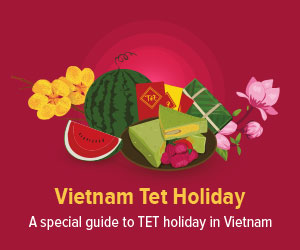Ao Dai
Vietnamese Traditional Long Gown
There are many elements traditional to Vietnam that leave a lasting impression on visitors from around the globe. The Ao Dai is one of the most iconic of these.
The origin of the Ao Dai continues to be a subject of debate among historians and fashion enthusiasts. It is believed to be influenced by the imperial Chinese garb of the Qing Dynasty, notably the Cheongsam. The Ao Dai is a fitted, full-length dress worn over loose-fitting trousers, typically black or white. Unlike the Cheongsam, which is more fitted, the Ao Dai is split from the waist down, elegantly contouring the trousers. Initially, during the Nguyen Dynasty in 1744, it was mandated that both men and women wear both pants and gowns; however, it wasn't until 1930 that the Ao Dai began to take the form we know today.
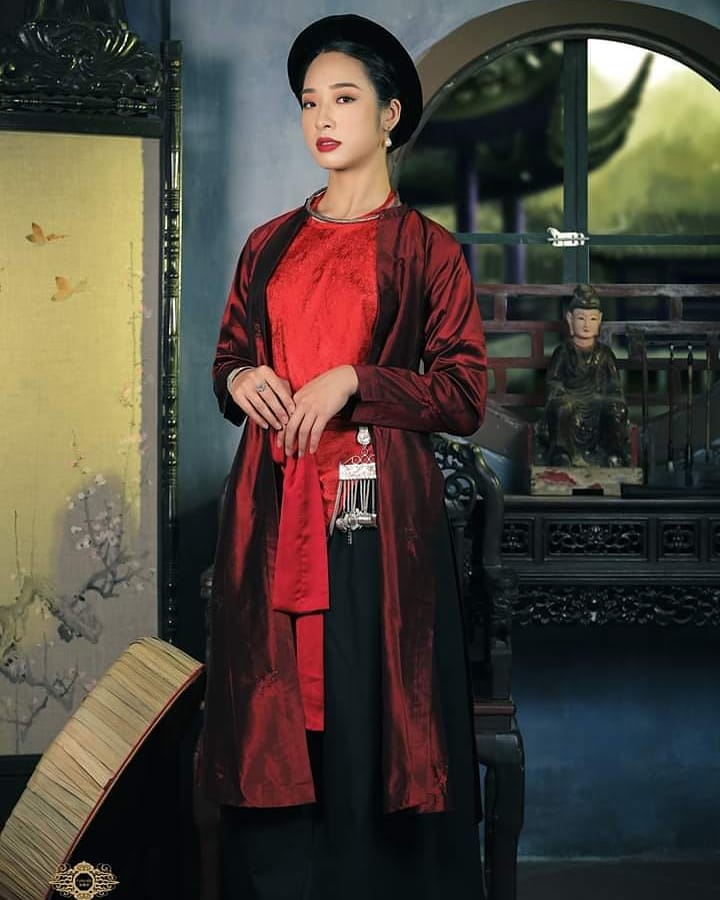 Ao tu than. Photo: @vietphuc_collection
Ao tu than. Photo: @vietphuc_collection
The Ao Dai has undergone numerous modifications since its inception. The Ao Tu Than, which was worn by Vietnamese women centuries before, has transitioned into what is now recognized as the five-paneled Ao Dai. This earlier version featured five flaps: two at the back, two at the front, and one beneath the front lap. The current Ao Dai, however, is more fitted, boasting a higher collar and lacking a bodice underneath.
It is widely believed that in 1930, Vietnamese fashion designer Cat Tuong (also known as Le Mur), a graduate of the French Fine Arts College of Indochina, was pivotal in modifying the Ao Dai. He lengthened the top to reach the floor, used less fabric, and created slimmer flaps, leading to what became known as the Le Mur tunic.
Throughout the 20th century, the design of the Ao Dai has seen a multitude of changes, from floral to checkered patterns, the incorporation of transparent fabrics, variations in the neck collar (such as boat and mandarin styles), and alterations in the length of the gown as well as the colors of the loose trousers. The modern Ao Dai, as we know it today, is form-fitting, designed to accentuate the natural curves of a woman. Interestingly, while it covers the body, it simultaneously offers a sense of allure, particularly when crafted from thin or sheer fabrics.
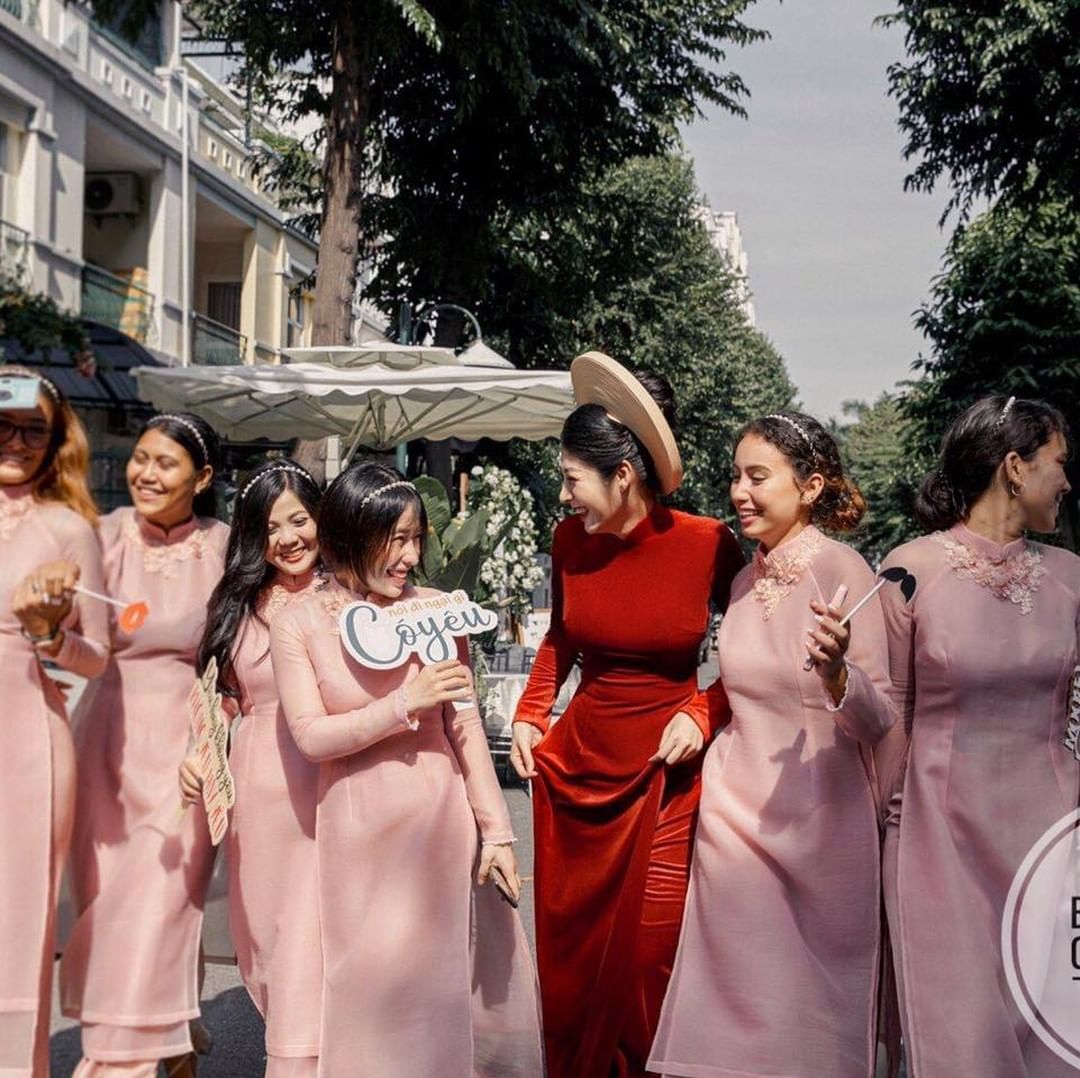 Wedding Ao Dai. Photo: @trambay90
Wedding Ao Dai. Photo: @trambay90
Unlike many other traditional outfits, the Ao Dai continues to enjoy popularity and significance in contemporary Vietnamese culture. While it is no longer worn by men, nor is it commonly donned by women on a daily basis, it remains a favored choice for special occasions. The Ao Dai is a quintessential garment worn during traditional festivals, weddings, and graduations. In numerous high schools and universities across Vietnam, the white Ao Dai is considered the official school uniform for female students.
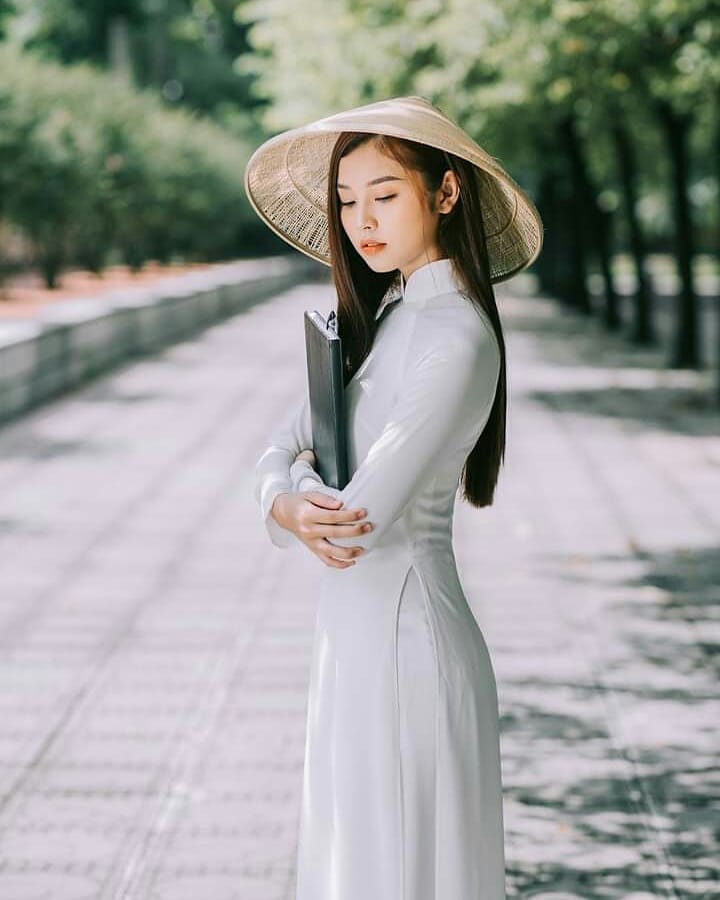 Vietnamese Ao Dai for High School. Photo: @vietphuc_collection
Vietnamese Ao Dai for High School. Photo: @vietphuc_collection
The beauty of Vietnamese women is celebrated through the Ao Dai, making it difficult to envision any attire better suited to the Vietnamese identity. Consequently, the Ao Dai serves as an ideal souvenir for travelers departing Vietnam, offering a tangible reminder of the beauty and culture of this remarkable country.
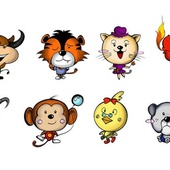
11 Horoscopes In The Year Of The Dragon
The dragon year can be a booster-for-all for all other zodiacs.
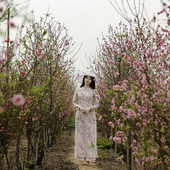
Vietnam's 5 Most Important Festivals & Travel Tips
Vietnam's cultural richness stands out with a variety of traditional festivals.
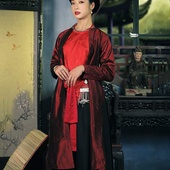
Kinh People
Vietnam is known for its cultural diversity with 54 ethnic groups, in which, Kinh or Viet people accounts for nearly 90% of the whole population.



